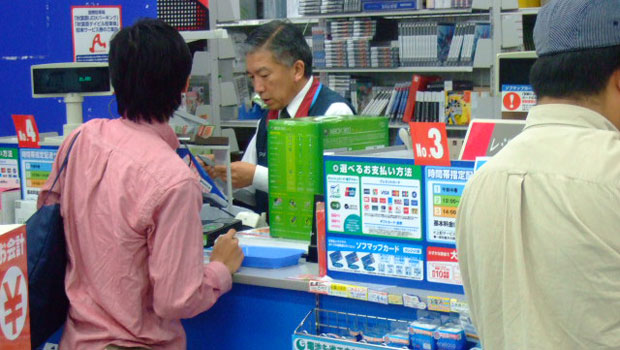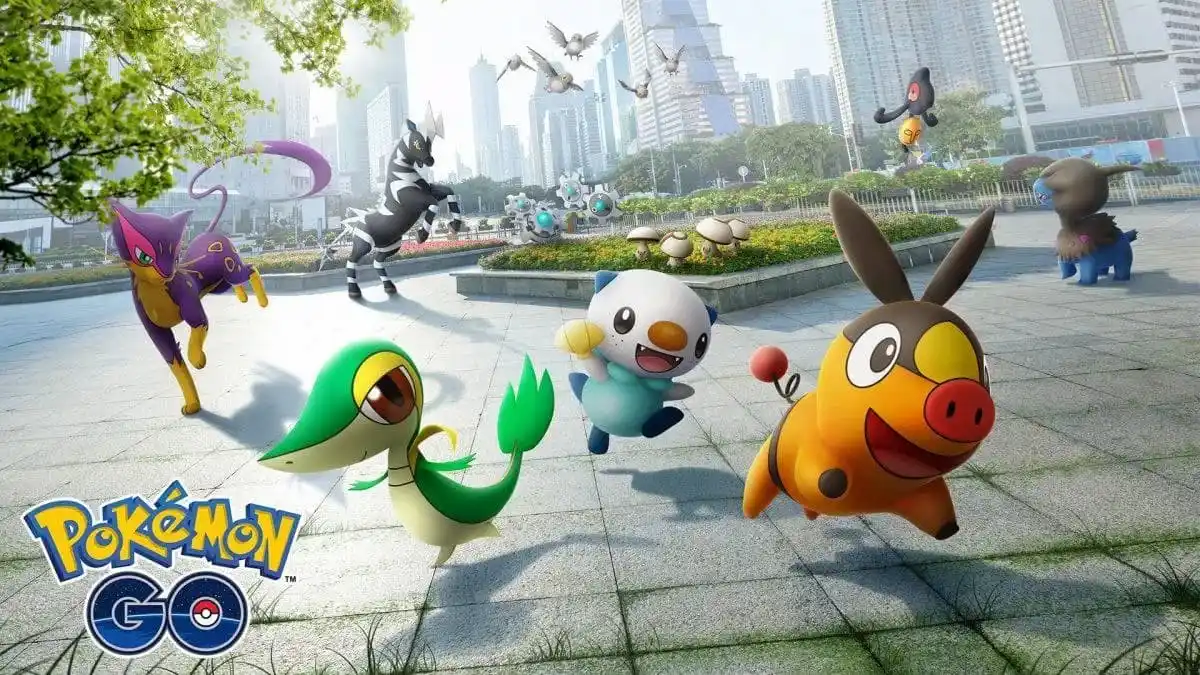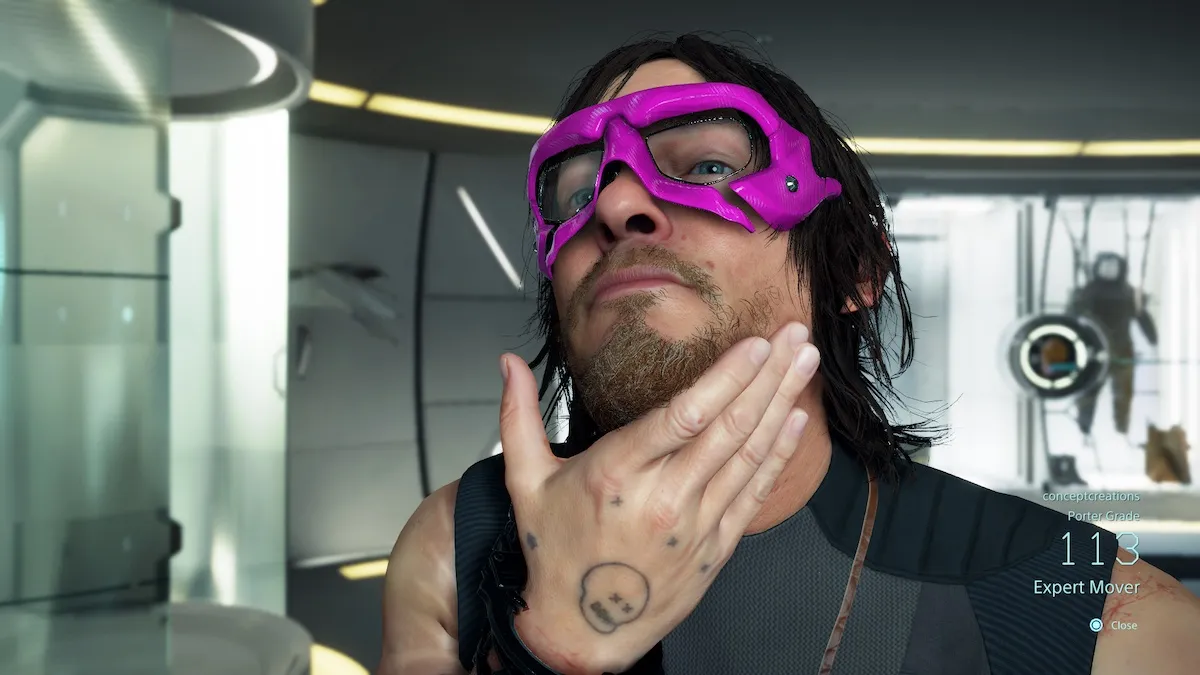[Our man-in-Japan, 50ft. Samurai, is at it again. This time, he takes an interesting look at how Western games fare in the Japanese marketplace. Enjoy!]
Scenario: you are a gamer and you live in Japan, the Oregon at the end of many a trail when it comes to videogames. You grew up playing the superb games that Konami, Capcom, Nintendo, Square, and other Japanese publishers and developers had to offer.
In fact, you still love to play these games even as a great deal of them became more insular and focused on a smaller and smaller Japanese audience. You watched as the “West” caught up and moved away from producing brilliant, strictly-PC games and started to turn out amazing console games, which is great for you because no one here plays PC games. You hear about how the Japanese market is unsure of itself. You think, “Wow, that Call of Duty 4 looks really good,” and that is all it takes. You have just taken your first step into yougei. (洋ゲー)
You (洋) literally means ocean, but is used to describe things of Western origin like youshoku (western food), youfuku (western-style clothing) and yougaku (western-style music). You can see how gei, a contraction of geimu(ゲーム) could get tacked on like that to refer to games from overseas. Yougei can be had from import stores if you are hardcore, or bought at any local store when/if localized.
But how much presence do they have? How well do they sell? As the Japanese market shrinks, and Japanese companies look overseas for more customers, are western games finding an audience here? Does it even matter if they do?
So, first off, let’s deal with presence or mind space — the more well-known a brand is, the more likely you are to sell your game, right? Every corporation covets brand recognition like my mouth covets donuts, and marketing the hell out of the game’s character is just one way to achieve this. So, as one way to measure how well known Western games are here, let’s examine how well-known the characters used to market the games are.
Not very, it turns out. Even with attempts to modify them for a Japanese audience (check out Ratchet and Clank’s makeover) they still don’t reach the level of recognition they have among the general gamer populace elsewhere. Ask the average Japanese gamer who Master Chief is and they’ll most likely look at you funny. How about Lara Croft? Maybe. Kratos? Huh-uh.
Move back overseas and ask the average American gamer to identify Samus Aran, Chun-li, or Cloud Strife. Chances are, you’ll get a totally different reaction and a piece of fan art to go along with it. Note that I’m not speaking of the ultra-hardcore here — the people that can identify each member of each of the Sakura Taisen iterations — but average gamers, who know these Japan-born characters because their respective games reached mass appeal. I’m not speaking of sales numbers (though they back me up, and we’ll get to that) but just brand presence, which exists in the meta-space between marketing and pop culture.

Microsoft, who has spared nothing in its assault on the Japan market still ranks a very distant third in the home console race here, but is doing everything they can to change that by building up their brand. And to some extent it is working. Take, for instance, the latest issue of Famitsu, in which among the Top 30 most wanted games, Gears of War 2 is the sole foreign entry. Does this prove that MS is succeeding? Yes, but only to the extent that other companies that release Western games are succeeding; sadly for MS, the PlayStation 3 is quickly gaining ground. Let’s turn to sales numbers now to illustrate where Western games have found their niche — amongst the hardcore.
Quick, what was the number one selling game not made in Japan last year? And for what console? If you say something on the Wii, you are wrong! According to the Media Create report it’s actually Grand Theft Auto IV for the PS3, clocking in with 222,185 copies sold, placing it at number 56. For comparison, the number one selling game of last year, Monster Hunter Portable 2nd G, on the PSP, sold just over 2.4 million copies.
How does this help my point about the hardcore being the only refuge of Western games in Japan? For that we have to look at the monthly breakdown of sales. The sales for GTA IV were strong early on, with just over 130,000 units sold in its first month, but by its third month on sale, it had decreased to about 18,000. It took Portable 2nd G seven months for sales to fall that low. By February 2009, GTA IV was only selling about 5K units a month, while 2nd G was selling 14 times as many copies. In other words, those that really wanted GTA IV had already bought it, while 2nd G continued to bring in new users. You think it’s unfair to compare the two? It is, so let’s look at GTA IV’s sales patterns compared to other yougei.

Call of Duty 4: Modern Warfare, again on the PS3, sold just over 55, 000 copies in its first month、and sales petered out considerably to 10k by month three. The 360 version, while selling lower numbers, shows the same pattern, with sales starting off strong, and then falling to one-tenth that number after three months. Fable II, debuting to over 50,000 units in December 2008 disappears from the charts altogether by February 2009. Fallout 3, available since December, sold around the same amount as Fable II in its first month, but by February ’09 its numbers are around 2500 units. Roughly the same pattern holds for the PS3 version, which came out a month later. All of these games received big ad campaigns here in Japan, and were buoyed by overseas hype. Credit should also be given to Capcom, Microsoft, and Bethesda for their successful marketing strategies.
But what happens to a game with almost no hype? Tomb Raider: Underworld, which has been met with a rather lukewarm reception overseas and had a minimal ad campaign here in Japan has managed to sell around 25,000 copies in about a month on both 360 and PS3. Slightly underwhelming compared to overseas sales, themselves rather disappointing for Eidos.
So what does all this say about western games in Japan? That the hardcore early adopters, the game maniacs, are the main audience for these games and western games have yet to truly penetrate the market. Yougei-mers are growing in number, but they are still dwarfed in number by the general gamer, and the average Japanese gamer isn’t likely to buy a western-made game. GTA IV has come closest to reaching mainstream-like numbers (and was Capcom’s fourth best-selling game last year) but it’s still dwarfed in sales by games like Derby Stallion and Fire Emblem.
Xbox 360, at one time the champion of yougei-ming, has seen its user base erode, and migrate to PS3, and even though anticipation for some MS exclusives (Gears of War 2, Fable II) is high, Tales of Vesperia is still the number one selling 360 game of last year, proving that homegrown content is still key to winning over the region. Microsoft has bet on this strategy from the beginning, and it is part of the reason that the 360 still has some relevance here.

So what we see is markets diverging, with both the East and West becoming more cut off from the other. With the exception of that company in Kyoto, publishers are finding success in just focusing on their home markets and worrying about other markets later. Larger publishers, including an increasing number of Japanese publishers, focus on the West first and then localize their game for Japanese tastes. Smaller Japanese third-party companies do the opposite, focusing on their home territory and then hoping to be licensed overseas.
In the end, is it worth it for companies to spend money localizing their games for Japan? IJs it important to publishers to have a presence here? Microsoft, EA, Ubisoft, THQ, and Bethesda all have Japan subsidiaries, while other companies like Take 2, Activision, Midway and Eidos (for the time being) license their games to third parties for localization. Activision recently closed up shop and began licensing their games again, prompting furious bidding wars over the Call of Duty franchise (Guitar Hero doesn’t sell well enough).
For a marketplace that seems limited in its acceptance of western games, the safer bet for a company is to let someone else handle it and just collect royalties. Japanese companies are, after all, moaning about their inferiority to western developers, and forging a relationship with a western publisher by licensing in their game is a good way to get started on sharing technology and know-how. Nintendo, who have no problems selling their games anywhere, are alone in their silence regarding the West. Just look at how much more they sell overseas (due to market size alone) and you’d be silly to think they don’t keep it in mind when strategizing, though. Then again, maybe they just make games that will appeal to everyone. Seems to have worked well enough for them. After all, you and I grew up playing games not caring where they came from, just that they were awesome.
So whether your game is yougei or not, developed by Japanese or not, perhaps the answer is in making a game fun, a game that people want to play no matter where they live, or whether they like moe or Master Chief.





Published: Mar 23, 2009 12:00 pm